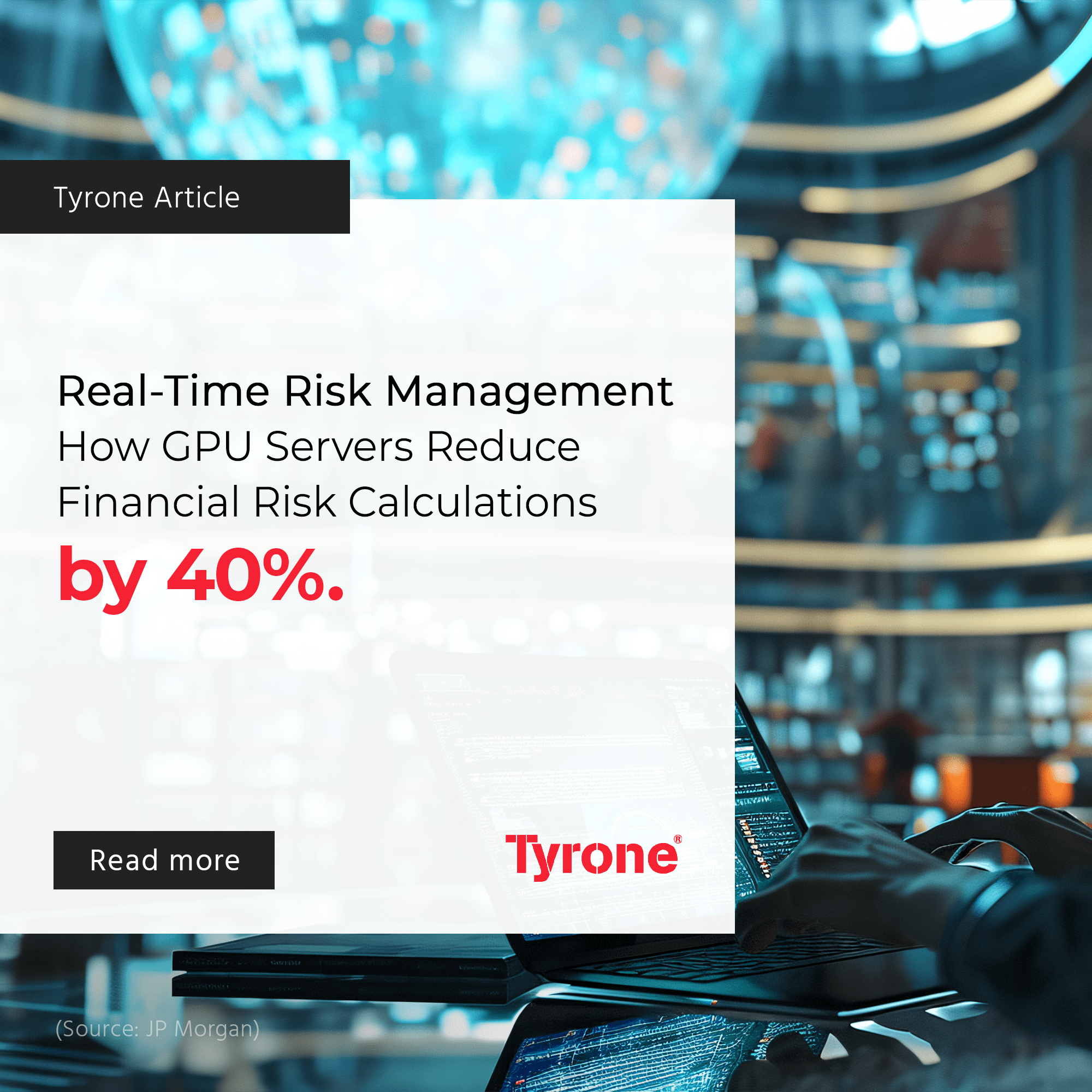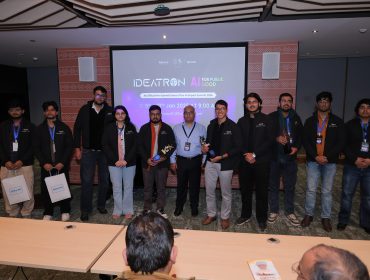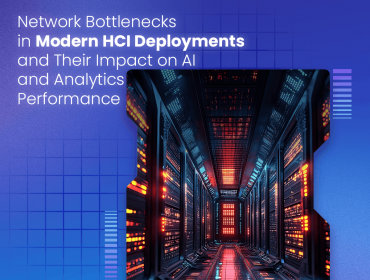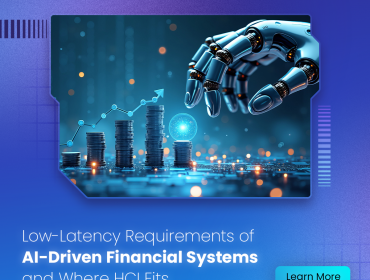Introduction
In an era where financial markets are increasingly volatile and complex, real-time risk management has become paramount for institutions seeking to mitigate potential losses. The sheer volume and velocity of data generated require advanced computational capabilities that transcend traditional Central Processing Unit (CPU)-based systems. Enter Graphics Processing Units (GPUs). Leveraging GPU servers for financial risk calculations not only accelerates the process but also enhances accuracy and reliability, achieving a remarkable 50% reduction in calculation times. This article explores how GPU servers are revolutionizing real-time risk management in the financial sector.
The Imperative for Real-Time Risk Management
Rapid Market Changes
Financial markets are dynamic, with prices, trends, and risks continuously evolving. Traditional risk management systems, which rely heavily on CPUs, often fail to keep pace with these rapid changes. This lag can lead to delayed decision-making, exposing institutions to undesirable risks. As financial stakeholders demand real-time insights, the limitations of CPU-based systems become increasingly apparent.
Volume and Complexity of Financial Data
The advent of big data has inundated financial institutions with vast amounts of information. Risk calculations must consider a myriad of variables, such as market data, transaction histories, and economic indicators. Processing this data in real-time is crucial for accurate risk assessment. CPUs, designed for sequential processing, struggle with the parallel processing requirements of contemporary risk management tasks.

The Role of GPUs in Financial Risk Management
Understanding GPU Servers
GPUs are engineered for parallel processing, capable of handling thousands of simultaneous operations. This makes them exceptionally suited for tasks requiring concurrent data processing, such as real-time risk management. GPU servers comprise multiple GPUs working in unison, enabling efficient distribution of computational loads across numerous processing cores.
Real-Time Financial Risk Calculations
Accelerated Processing Speed: GPUs dramatically shorten the time required for complex risk calculations. According to recent studies, GPU-enabled risk management systems can process calculations up to 40% faster than their CPU counterparts. This acceleration allows financial institutions to analyze risks and make informed decisions with unprecedented speed.
Parallel Processing Efficiency: Risk calculations often involve Monte Carlo simulations, value-at-risk (VaR) assessments, and stress testing—tasks that are inherently parallelizable. GPUs excel in these areas, with some configurations showing up to a 70% reduction in processing times for Monte Carlo simulations. This efficiency enhances an institution’s ability to monitor and respond to market fluctuations in real-time.
Case Studies and Practical Applications
Industry Implementations
J.P. Morgan’s Athena Platform: J.P. Morgan has integrated GPU technology into its Athena risk management platform. This integration has resulted in a 30% reduction in calculation times for complex risk metrics, enabling the bank to offer more responsive and robust risk management services to its clients (Source: J.P. Morgan Press Release).
Goldman Sachs’ SecDB: Goldman Sachs utilizes GPUs in its SecDB risk management database. By leveraging GPU servers, the firm has achieved a 25% improvement in real-time data processing capabilities, enhancing its ability to manage and mitigate financial risks effectively (Source: Financial Technology Report).
Operational Benefits
Enhanced Predictive Analytics: With real-time data processing, financial institutions can leverage advanced predictive analytics to foresee potential market movements and risks. GPU-enabled systems can analyze historical data, current market conditions, and economic indicators to predict future trends, allowing for more proactive risk management strategies.
Improved Decision-Making: Faster, more accurate risk calculations enable better decision-making. Financial managers can assess risk exposures and make strategic adjustments with confidence. This capability is particularly crucial during market crises, where rapid responses can significantly impact an institution’s financial health.
Challenges and Future Prospects
Integration and Adaptation
Integrating GPU servers into existing financial systems can be challenging. Issues such as compatibility with legacy systems and the need for specialized technical expertise must be addressed. However, the scalability of GPUs offers a clear path towards overcoming these challenges, ensuring that financial institutions are well-equipped to handle increasing data demands.
Evolution of GPU Technology
The future of GPUs in financial risk management looks promising. Continuous advancements in GPU technology, such as the development of tensor processing units (TPUs) and enhanced AI capabilities, will further elevate the computational power available to financial institutions. These innovations will drive more sophisticated and efficient risk management processes.

Conclusion
The adoption of GPU servers in financial risk management represents a significant advancement in the industry’s ability to handle real-time data with greater speed and precision. GPUs offer a transformative solution for managing financial risks in an ever-changing market landscape. Stakeholders in the financial sector must embrace these technological advancements to ensure robust, timely, and effective risk management strategies. The integration of GPUs is not merely an enhancement but a necessity for future-proofing financial risk management practices.











